By performing laboratory tests on soil samples collected from trial pits or boreholes, it is possible to measure the physical and mechanical properties of natural soils for foundation design. For example, calculating the ultimate bearing capacity of soils or the stability of slopes in foundation excavations and embankments can be done using the results of shear strength tests.
Furthermore, laboratory soil tests provide information from which soils can be categorised and predict how they would behave under foundation loads. The results of the soil tests can be used to develop ways for treating soils that will help excavations proceed more smoothly, particularly when dealing with groundwater issues.
It is important to keep in mind that natural soil deposits vary in composition and degree of consolidation, necessitating the need for considerable judgment based on common sense and experience when evaluating soil test results and determining when they should be disregarded. Laboratory tests shouldn’t be relied upon blindly, especially if there aren’t many samples of soils tested.
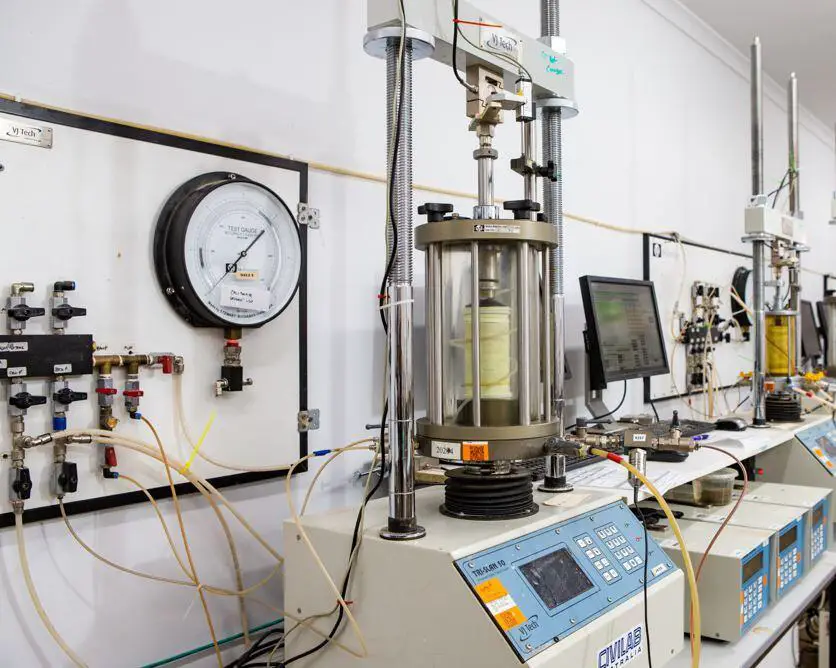
Any bearing capacity estimates or other engineering design data should be confirmed, to the extent practicable, with known conditions and prior experience. The test results should be evaluated in conjunction with the borehole loggings and other site observations. The simplicity of laboratory tests should be maximised.
Expensive equipment tests are time-consuming, costly, and prone to serious error unless meticulously and diligently performed by highly skilled technicians. If the samples are few or if the cost is large relative to the project cost, such procedures could not be very justifiable.
Only if the enhanced accuracy of the data will result in substantial design savings or will eliminate the possibility of an expensive failure, as in the case of geotechnical category 3 investigations (very heavy and complex structures), are complex and expensive tests justified. An important argument in favour of conducting a suitable number of soil tests is the accumulation of relevant data over time linking test findings to foundation behaviour, such as stability and settlement, which gives engineers more confidence in the use of laboratory soil tests.
The soil test results are a useful corrective to engineers’ “wishful thinking” in their initial assessment of the strength of soil as it appears in the borehole or trial pit, at the very least giving a check on field descriptions of boreholes based on visual observation and handling of soil samples.
List of Soil Tests for Foundation Design
The soil mechanics tests made in accordance with BS 1377 which concern the foundation engineer are as follows;
(a) Visual examination
(b) Natural moisture content
(c) Liquid and plastic limits
(d) Particle-size distribution
(e) Unconfined compression
(f) Triaxial compression
(g) Shear box
(h) Vane
(i) Consolidation
(j) Swelling and suction
(k) Permeability
(l) Chemical analyses
Soil Classification Tests (Index Properties Test)
Tests (a) through (d) are necessary for soil characterisation (soil classification tests). Laboratory visual tests are used to note the colour, texture, and consistency of the site-received samples for disturbed and undisturbed samples. This should be done as a normal review of the descriptions provided by the field engineer or boring foreman.
Natural Moisture Content Test
In order to plan the schedule for shear strength tests and to make sure that testing on the softer soils (as suggested by the greater moisture content) is not skipped, natural moisture content test results are compared and related to the liquid and plastic limits of the relevant soil types.
Atterberg Limit Tests
Cohesive soils are subjected to liquid and plastic limit tests to classify them and predict their engineering characteristics. The compressibility of clays and silts can be predicted using the plasticity chart. It is important to know if the soil is of organic or inorganic origin to apply this chart.
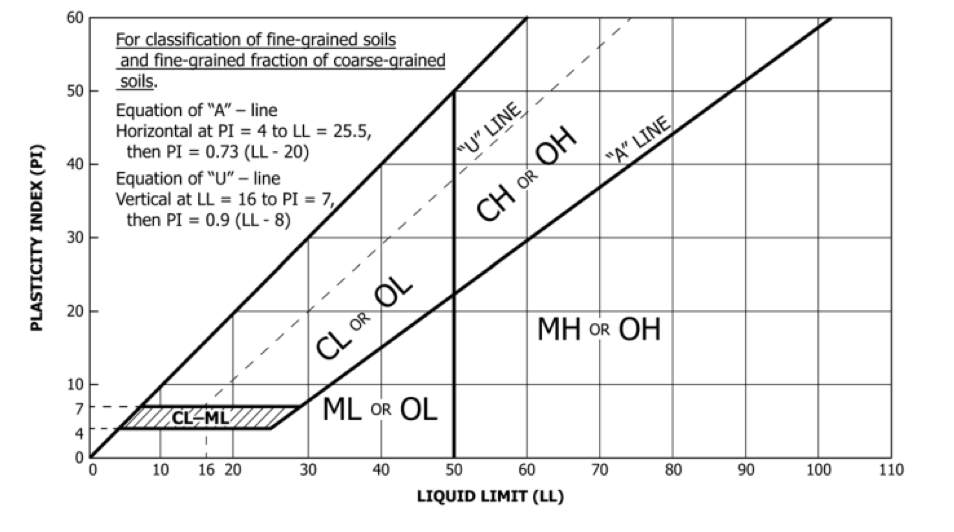
The standard practice is to conduct liquid and plastic limit tests on a small number of carefully chosen samples of each primary soil type discovered in the boreholes. The different soil types can be grouped in general order of compressibility by comparing the results and showing the data on the plasticity chart, and samples can then be chosen accordingly for consolidation tests if they are necessary.
Particle Size Distribution Test
The particle-size distribution test is a type of classification test, where the soil particles are graded according to their sizes. The grading curves can be displayed on the graph using sieve analysis, sedimentation or hydrometer analysis, or a combination of both.
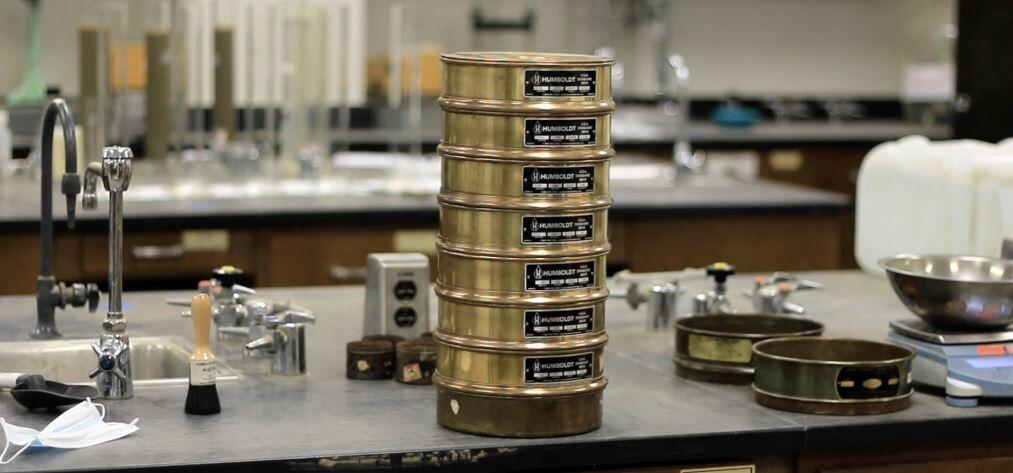
The grading curves are of no direct value in assessing allowable bearing pressure, and generally, this type of test need not be made in connection with any foundation investigation in clays or in the case of sands and gravels where the excavation is above the water table.
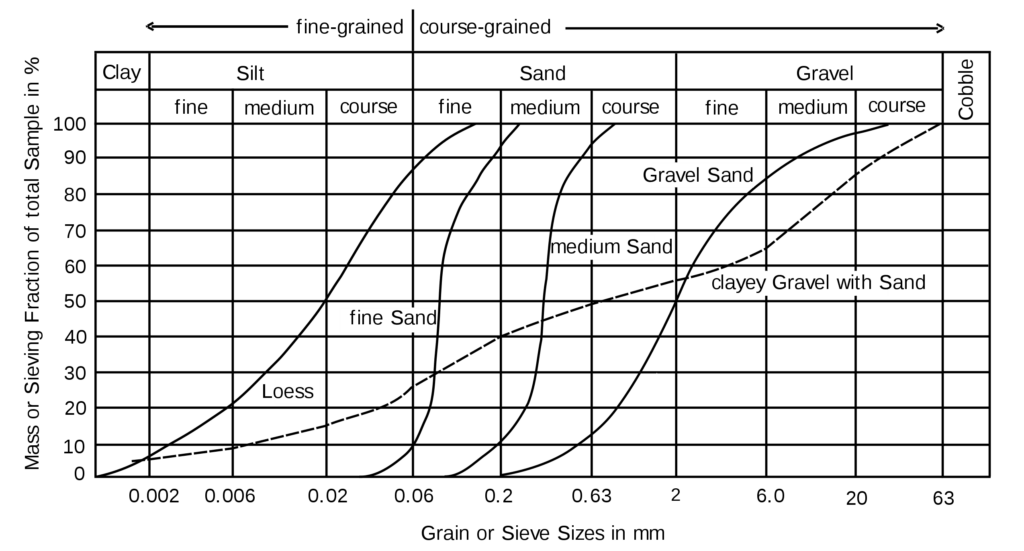
However, the particle size distribution test is particularly useful when examining excavation-related issues in permeable soils below the water table because the results can be used to determine which of several geotechnical processes is practical for lowering groundwater levels or treating grouting problems.
Shear Strength Test
The ultimate bearing capacity of a foundation and the earth pressure on sheeted excavations (braced cuts or sheet pile walls) can both be calculated simply from the shear strength of the soil.
Unconfined Compression Strength (UCS) Test
The simplest type of shear strength test is the unconfined compression strength (UCS) test. Cohesionless soils, clays, and silts, which are too soft to stand in the machine without collapsing before the load is applied, cannot be subjected to UCS tests. The values are lower than the actual in-situ strength of fissured or brittle soils in this scenario.
Triaxial Test
In comparison to the unconfined compression test, the triaxial compression test is a more adaptable way to measure shear strength since it can be used for a greater variety of soil types. The test circumstances and observations can also be adjusted to address a variety of engineering problems.
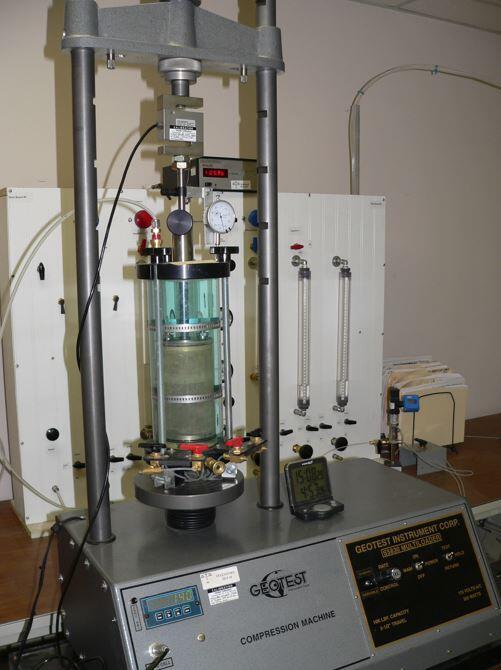
The Mohr-Coulomb equation is used to calculate the cohesiveness (c) and the angle of shearing resistance (ϕ) of soil under three different situations;
Undrained shear (total stresses)
su = Cu
Drained shear strength of sands and normally consolidated clays (effective stresses)
s = σn‘ tan ϕ’
Drained shear strength of over-consolidated clays
s = Cu + σn‘ tan ϕ’
Drained residual (large strain) of clays
Sr = Cr‘ + σr‘ϕr‘
The three main types of triaxial test are;
(1) Unconsolidated Undrained (UU)
(2) Consolidated Undrained (CU)
(3) Consolidated Drained (CD)
Unconsolidated Undrained (UU) Test
In the unconsolidated undrained test, the specimen is not permitted to drain while the all-around pressure is applied or while the deviator stress is applied, hence the pore pressure is not permitted to dissipate at any point during the test. This test approach reproduces the conditions that arise when the soil beneath the full-scale foundation is loaded or when the earth is removed from an open or sheeted excavation in the case of saturated fine-grained soil. Under these circumstances, the pore pressures in the soil behind the face of an excavation or beneath the laden foundation cannot dissipate during the application of load.
Consolidated Undrained (CU) Test
Total stresses are used in the assessments to determine the ultimate bearing capacity of the foundation soil or the initial stability of excavations. The specimen is allowed to fully consolidate during this stage of the test since the consolidated-undrained test protocol calls for letting the specimen drain while applying all-around pressure. During the application of the deviator stress, drainage is not permitted.
Consolidated Drained (CD) Test
When conducting a drained test, pore water from the specimen may be drained both during the stage of consolidation under all-around pressure and while the deviator stress is being applied. The time allotted for deviator stress application and consolidation under all-around pressure must be slow enough to prevent pore pressure buildup at any point during the test.
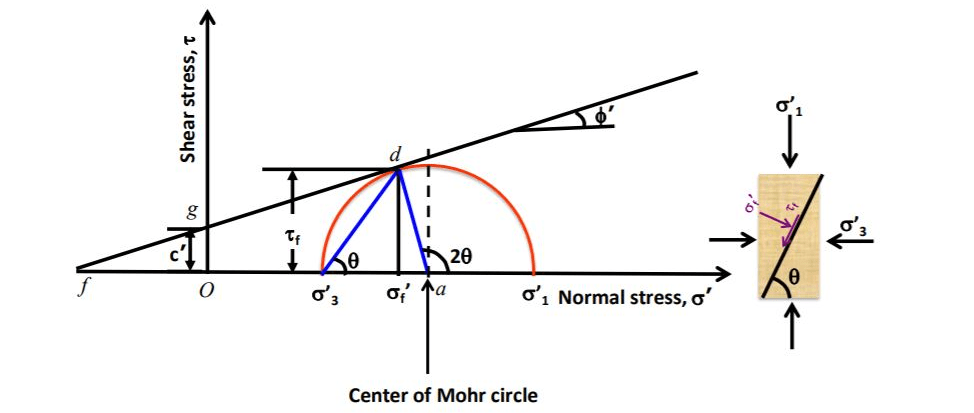
The procedure for consolidated-undrained and drained tests corresponds to the conditions when the soil below the foundation level is sufficiently permeable to allow dissipation of excess pore-water pressure during the period of application of foundation loading, or when pore-water pressure changes can occur due to external influences at any time during the life of a structure.
Consolidated-undrained or drained tests are also used to look at the long-term stability of excavated slopes. These issues with long-term stability are examined in terms of effective stress. Standard soil mechanics textbooks are recommended for the reader to consult for explanations of test protocols and data interpretation. For category 3 investigations and to get small strain values of Young’s modulus for use in finite element analysis, the development of triaxial testing techniques, such as the insertion of probes or other devices into the test specimen, can be justified.
Vane Shear Test
Triaxial tests are often only used on weak rocks, peats, clays, and silts. The easiest way to empirically evaluate the angle of shearing resistance of sands and gravels is through in-situ tests. The vane shear test is more appropriate for use in the field than in a lab. However, the laboratory vane test has a useful application when very soft clays and silts have been successfully sampled undisturbed using standard techniques but it is impossible to prepare specimens from the tubes for shear strength tests using the unconfined or triaxial apparatus due to their softness.
Shear Box Test
The shear box test can be used to determine the shearing resistance of soils, but it is not used in preference to the triaxial test because of difficulties in controlling drainage conditions, and the fact that the failure plane is predetermined by the apparatus. However, in relation to studies of shaft friction in piles, the shear box has practical uses for evaluating the interface shear between soils and materials like concrete and steel.
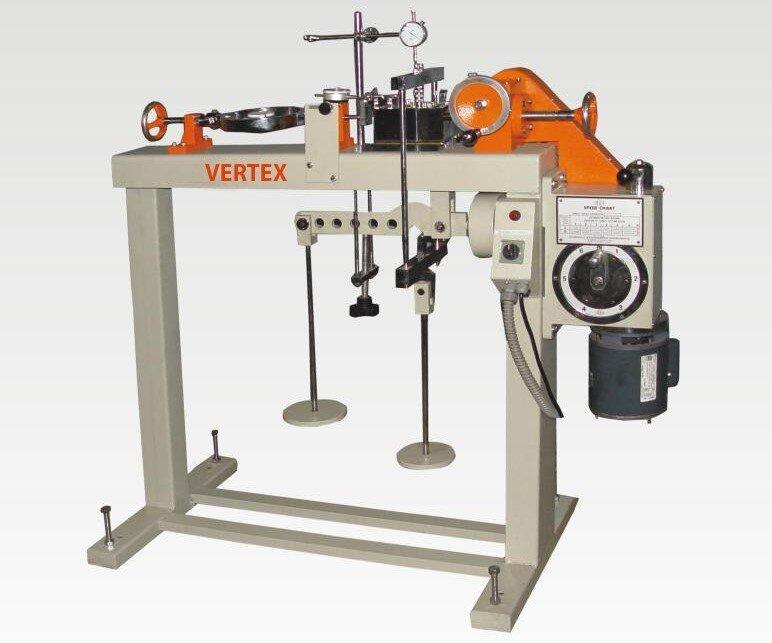
Additionally, the reversing shear box soil test offers a practical method for determining the residual or long-term shear strength needed to determine the stability of earth slopes when failure may occur on an old slip surface. The big strain parameters c and ϕ are also obtained using the ring shear test.
Consolidation Tests
Consolidation test results are used to estimate the amount and rate of soil consolidation (time-dependent settlement and compression of soils) beneath foundations. Because the material is contained within a metal ring and only one direction of stress is applied, the test is more appropriately referred to as a one-dimensional consolidation test. The instrument used is called an oedometer, also known as a consolidometer. The rate of settling of the full-scale structure can be calculated using the coefficient of consolidation (cv) that is derived from the test data.
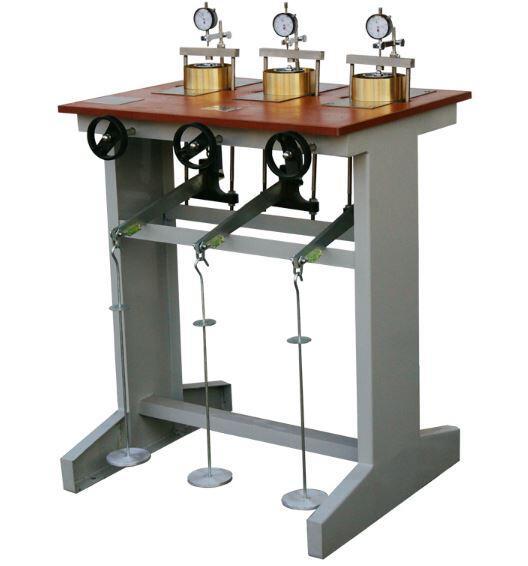
The coefficient of volume compressibility (mv) is determined from the pressure—voids ratio curve that is drawn using the load—settlement data received from the complete cycle of loading and unloading. This is used to determine the amount of consolidation settlement that will occur under a specific loading.
Since the theories on which settlement estimates are based are restricted to these sorts of fine-grained soils, consolidation tests are only applicable to clays and silts. The coefficient of consolidation as determined by oedometer tests on typical 75 mm specimens may be significantly off when used to calculate the rate of settlement. This is due to the possibility that a 75 mm specimen may not accurately depict the soil’s “fabric,” such as the presence of fissures, laminations, root holes, etc.
Consolidation tests should be performed on specimens with a diameter of 200 or 250 mm when soils display a type of fabric that will affect the permeability and, consequently, the rate of consolidation. As an alternative, it is possible to determine the rate of consolidation by observing how quickly large-scale buildings on comparable soil types settle. The settlement of buildings built on sands is typically assessed using data from field tests.
Swelling and Suction Tests
Swelling and suction tests are used to assess the effects of moisture content changes on desiccated clays and unsaturated soils.
Permeability Tests
Permeability tests can be made in the laboratory on undisturbed samples of clays and silts, or on sands or gravels which are compacted in cylindrical moulds to the same density as that in which they exist in their natural state (as determined from in-situ tests).
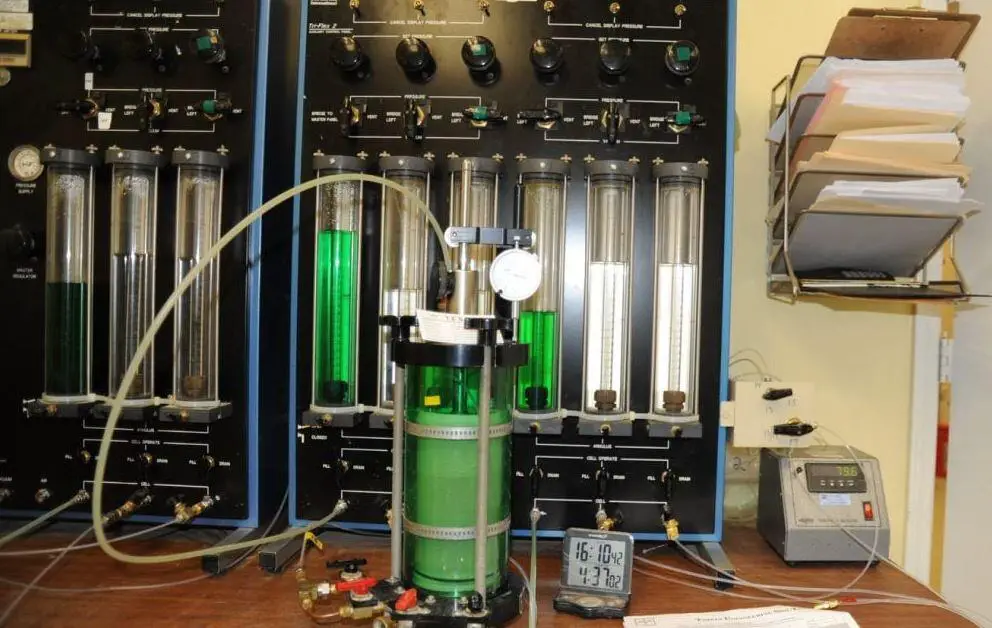
However, it is questionable how useful the results of laboratory tests on a few samples from a vertical borehole will be in determining the representative permeability of the soil in order to determine how much water needs to be pumped from a foundation excavation or how quickly large foundations will settle. It is best to use tests like boreholes or field pumping tests to determine the permeability of the soil at a specific site.
Chemical Analysis
To determine whether the condition of buried steel and concrete foundation structures might deteriorate, chemical tests of soils and groundwater are necessary. Finding the pH value and chloride content of the soil and groundwater is typically sufficient for steel structures like permanent sheet piling or steel bearing piles.
The sulphate content and pH value are typically necessary for concrete buildings. Although the pH value, a measurement of how acidic or alkaline the soil or groundwater is, cannot be used to directly determine the type or amount of acidic or alkaline material present, it is a useful index in determining whether more information is needed to determine the precautions to be taken in protecting buried concrete structures.
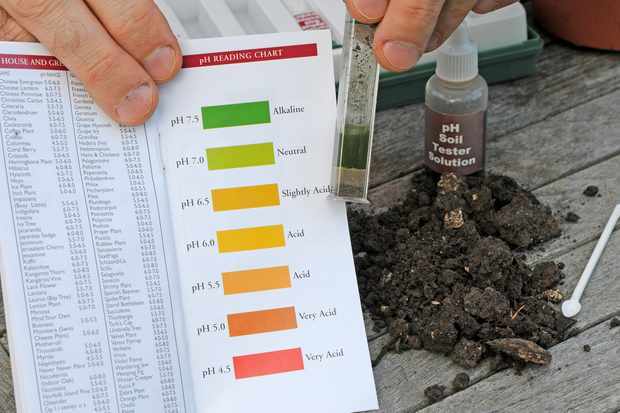
For example, a low pH value indicates acid conditions, which might result from naturally occurring matter in the soil or which might be due to industrial wastes dumped on the site. In the latter case, detailed chemical analyses would be needed to determine the nature of the substances present, to assess the health risks to construction operatives and in the long term to the occupants of the site, and to assess their potential aggressiveness towards concrete.

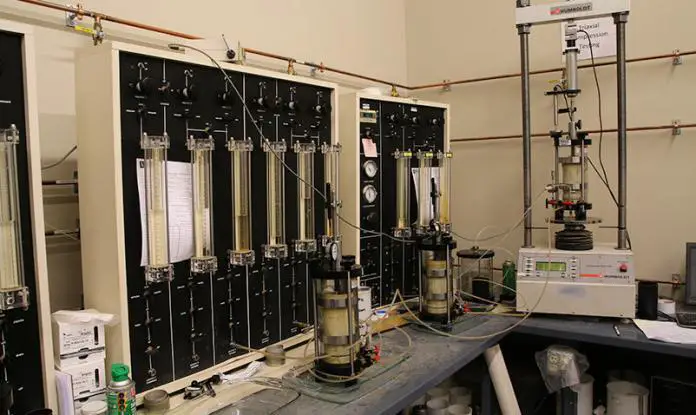









Interesting outlined test for determining Engineering properties of soil for proper design & planning.
Kindly send the material & some related information via my email address.